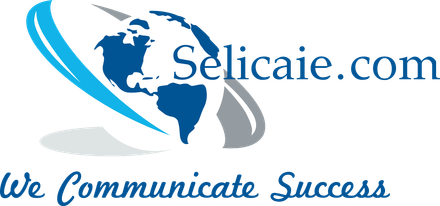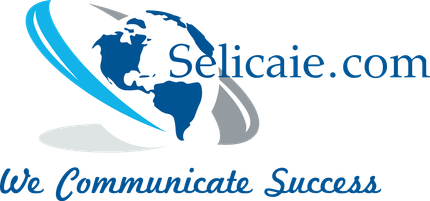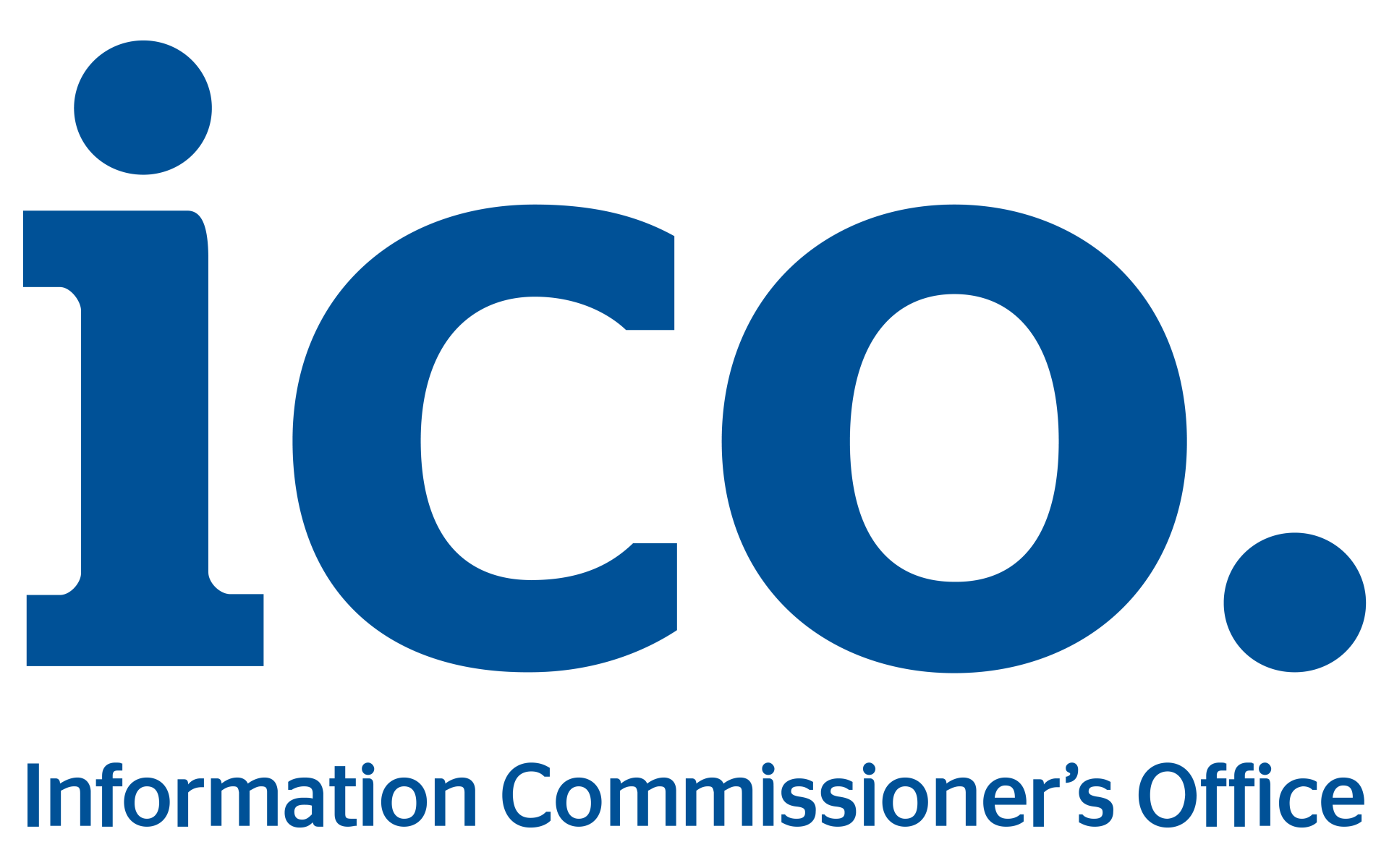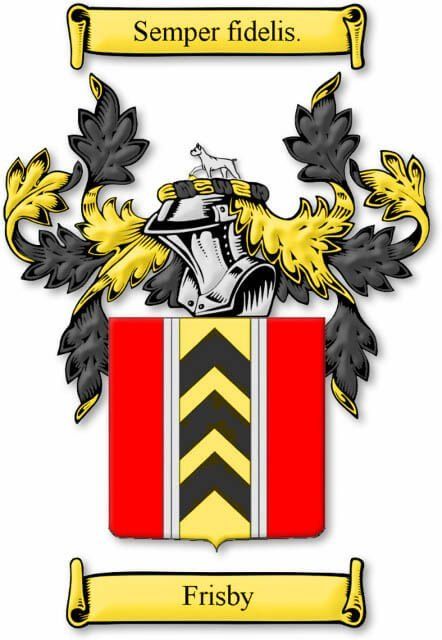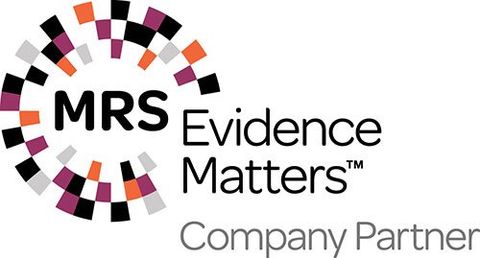Accounting and Finance for the Human Resources Professional
Business Training Courses >
Training Courses
>
Access to finance and HR Course > Accounting and Finance for the Human Resources Professional
Course Overview:
As a human resource professional, the ability to interact effectively with the accounting and finance departments within your organization is a vital skill. This course provides an introduction to U.S. accounting regulations and practices that will enable you to better speak the language of finance and accounting. You will gain skills allowing you to interact more effectively with these departments and make HR decisions that impact and support your organization’s financial health.
- The course will empower you with foundational understanding of the following concepts:
- The key financial components of the annual report.
- The relationship between HR and the finance and accounting departments.
- The measures and processes used to assess a company’s financial health.
- The importance of cash flow to the company and shareholders.
- Methods of financing the business and issues related to financial planning.
- This course is designed for the HR professional seeking to gain understanding in the areas of accounting and finance.
Course Content:
Introduction to Accounting
This accounting primer provides learning in the areas of governing bodies and policies, major groups of accounts, financial statements, accounting types, financial measures, problems with accounting, underlying accounting principles and the components of the annual report.
The Balance Sheet
Become a pro at interpreting balance sheets by learning about assets, liabilities, shareholders’ equity, the summary concept, liquidity measures and debt ratios. You will also practically apply your knowledge of balance sheets in a class exercise.
The Income Statement
You’ll never be intimidated by an income statement again once you learn about revenue/sales, cost of goods sold, gross margin, operating expenses, other income and expenses, the provision for taxes, net income, as well as the financial measures of earnings per share and return on sales. You will also practically apply your knowledge of income statements in a class exercise.
Statement of Cash Flows and Shareholders’ Equity
Review the statement of cash flows and statement of shareholders’ equity. Focus on the two methods and three categories associated with the statement of cash flows.
Financial Analysis
Develop a better understanding of financial measures/ratios, including liquidity measures, debt ratios, profitability measures, funds management ratios and other performance measures. You will also apply financial analysis in a class exercise.
Planning and Financing the Business
Learn the concepts of financial planning, including the typical planning process, developing business plans and evaluating capital projects. Understand financing sources, including long- and short-term sources and leases.
The Strategic Partnership
Put it all together in this section covering the critical relationship between HR and finance. Learn about recording compensation and benefits costs, wages and salaries, incentive pay, benefits costs, mandatory benefits, welfare benefits, retirement plans and communication.
BOOK NOW
